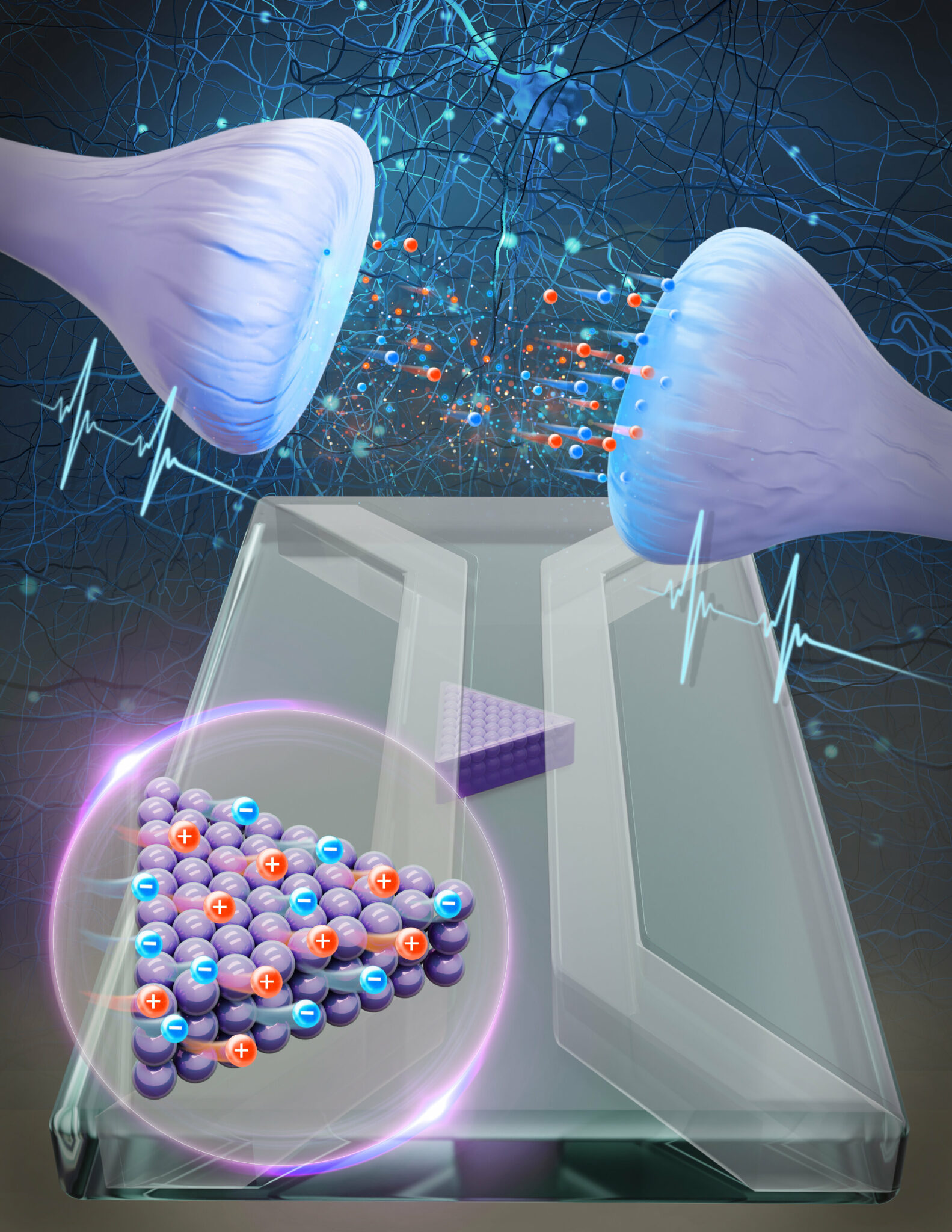Proceedings of the National Academy of Sciences (PNAS)
The Proceedings of the National Academy of Sciences (PNAS) is a reputable source for scientific research and discoveries in various fields. The site features articles that cover topics such as brain-inspired computing, detection and analysis of nanoplastics, and other scientific advancements. While the site generally does not show any significant biases or contradictions, there have been instances where the reporting is driven by a specific area of interest (e.g., brain-inspired computing) or where deceptive practices are used to create urgency around certain topics (e.g., nanoplastics). The site also occasionally features articles with conflicts of interest, which may affect the credibility of some studies.
79%
The Daily's Verdict
This news site has a mixed reputation for journalistic standards. It is advisable to fact-check, scrutinize for bias, and check for conflicts of interest before relying on its reporting.
Bias
86%
Examples:
- The author quotes several studies that have been published in reputable scientific journals but does not provide any details on how they were conducted or what their findings were. This makes it difficult for readers to evaluate the credibility of these sources.
- The reporting is driven by the brain's information processing capability towards building an artificial synapse that works with water and salt.
- The statement 'There remains a fundamental knowledge gap in nanoplastics because of the lack of effective analytical techniques.' is deceptive as there are several existing methods available for detecting and analyzing nanoplastics.
Conflicts of Interest
75%
Examples:
- The author quotes several studies that have been published in reputable scientific journals but does not provide any details on how they were conducted or what their findings were. This makes it difficult for readers to evaluate the credibility of these sources.
Contradictions
85%
Examples:
- Brain-inspired computing is being driven by the brain's information processing capability.
- Research is being driven by the brain's information processing capability towards brain-inspired computing paradigms.
- Research is being driven by the brain's information processing capability towards building an artificial synapse that works with water and salt.
- Theoretical physicists at Utrecht University and experimental physicists at Sogang University have succeeded in building an artificial synapse that works with water and salt, providing the first evidence that a system using the same medium as our brains can process complex information.
Deceptions
75%
Examples:
- The author uses sensational language such as 'omnipresent', 'toxic' and 'mysterious nanoworld surrounding us' to create a sense of urgency without providing any concrete data or statistics to back up these claims.
- The statement 'There remains a fundamental knowledge gap in nanoplastics because of the lack of effective analytical techniques.' is deceptive as there are several existing methods available for detecting and analyzing nanoplastics.
Recent Articles

Scientists Build Water-Salt Synapse: First Proof of Complex Information Processing in Artificial Brain Component
Broke On: Thursday, 25 April 2024